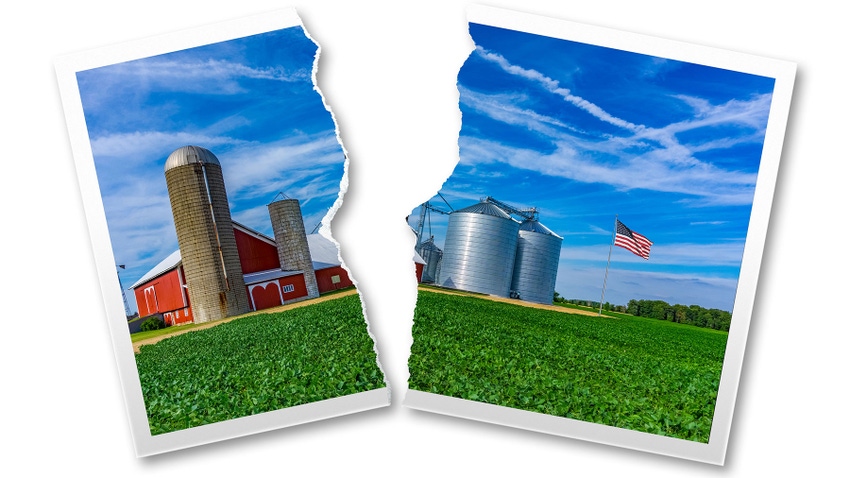December 5, 2023

There are occasions when the split of a farm corporation is needed. This may be done for business and economic reasons, or because relationships between parties have broken down. The split-up of a business operation can be a difficult process, but there are particular difficulties when splitting a corporation due to the recognition of income, gains and taxes when distributing assets from the corporation to the shareholders.
An option may be to use a 355 divisive spinoff, split-off or split-up. In a spinoff, the primary corporation will distribute the stock of a subsidiary corporation to the shareholders of the primary corporation.
In a split-off, the primary corporation will distribute stock in a subsidiary corporation to the shareholders in return for the shareholders’ stocks in the primary corporation. In a split-up, the primary corporation transfers its assets to new corporation(s), the new corporation(s) transfer its stock to the primary corporation, the primary corporation then transfers the stock in the subsidiary corporation(s) to the shareholders, and then the shareholders return their stock in the primary corporation to the primary corporation.
In each of these transactions, the goal is to move the assets from the primary corporation to the subsidiary corporations.
Transaction rules
These are complicated transactions, and much thought and work must be accomplished when making these transfers. It will be very important for the parties to work together to determine the value of the corporate assets, so the new corporations have assets of proportional value. The transaction must comply with the rules of Section 355 of the Internal Revenue Code. If these rules are not followed precisely, the transaction may be treated as a dividend distribution or a liquidation.
The transaction has a valid business purpose. For example, to separate a grain operation from a cattle operation.
There is an active business for at least five years prior to the transaction.
There is an active operation.
The transaction cannot be merely a means to distribute earnings and profits.
There is continuity of ownership before and after the transaction.
There is business continuity after the split.
The primary corporation has substantial control of the subsidiary corporations prior to the transaction and owns at least 80% of the stock in the subsidiary corporations.
After the transaction, the primary corporation has distributed substantially all of its stock ownership of the subsidiary corporations.
About the Author(s)
You May Also Like






